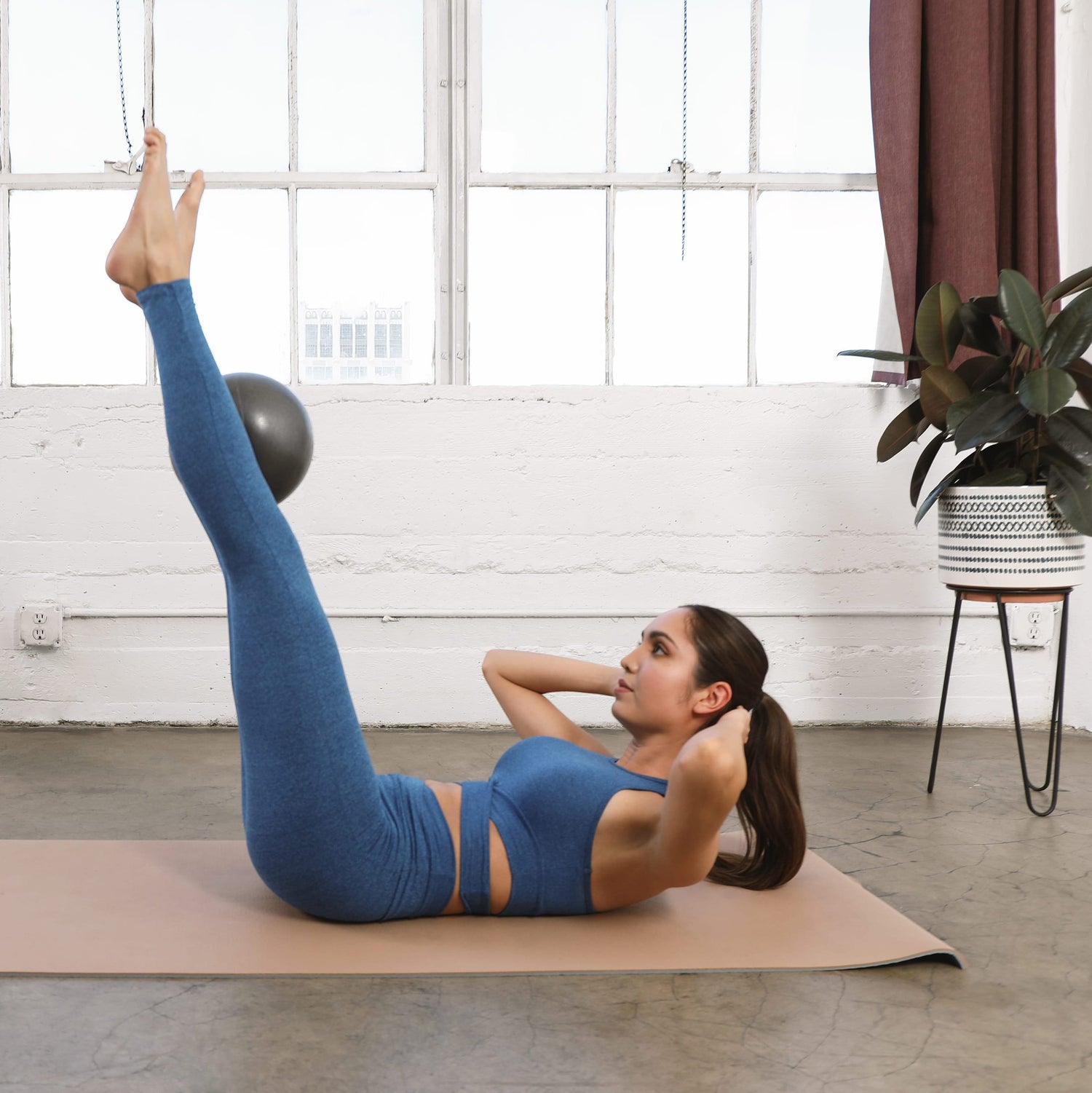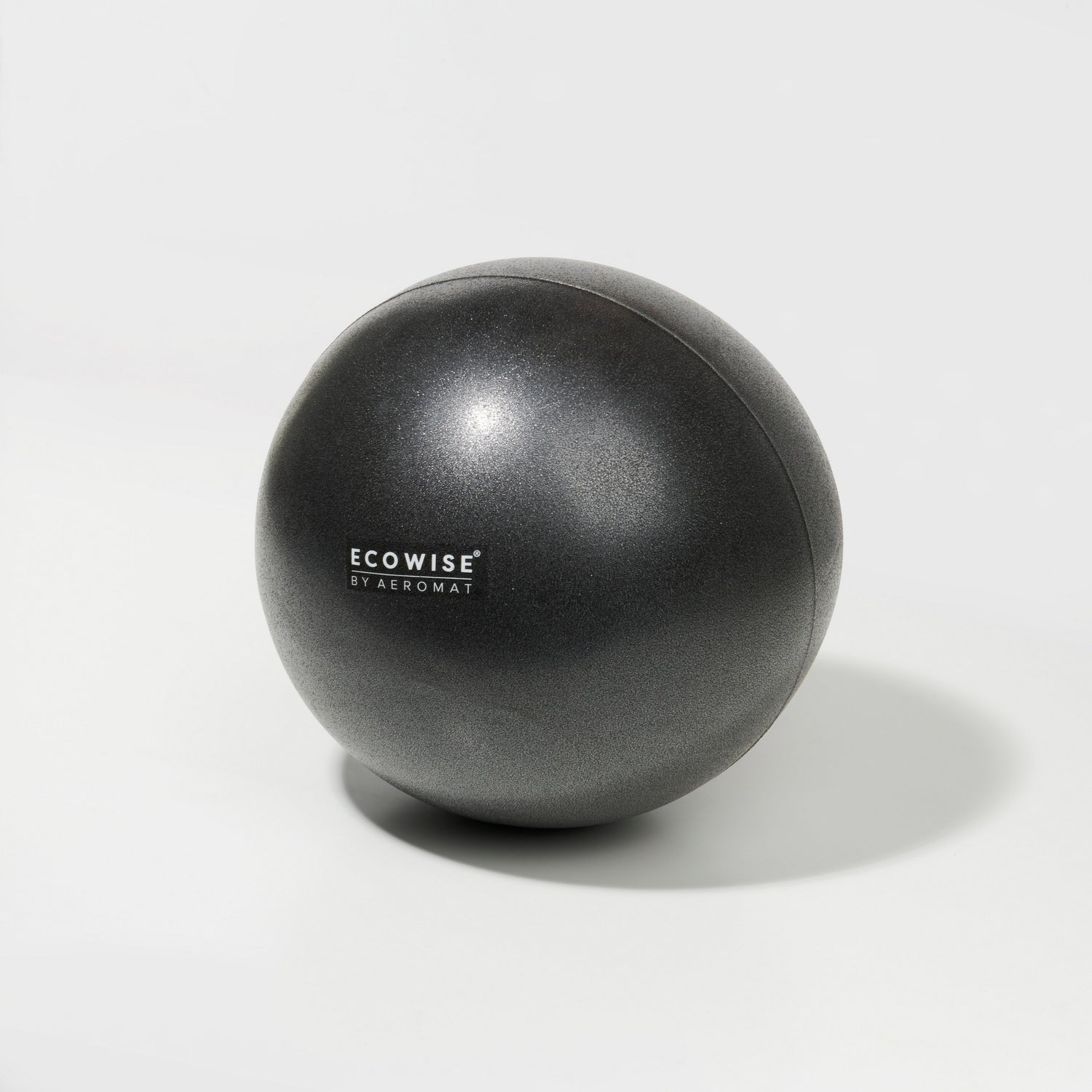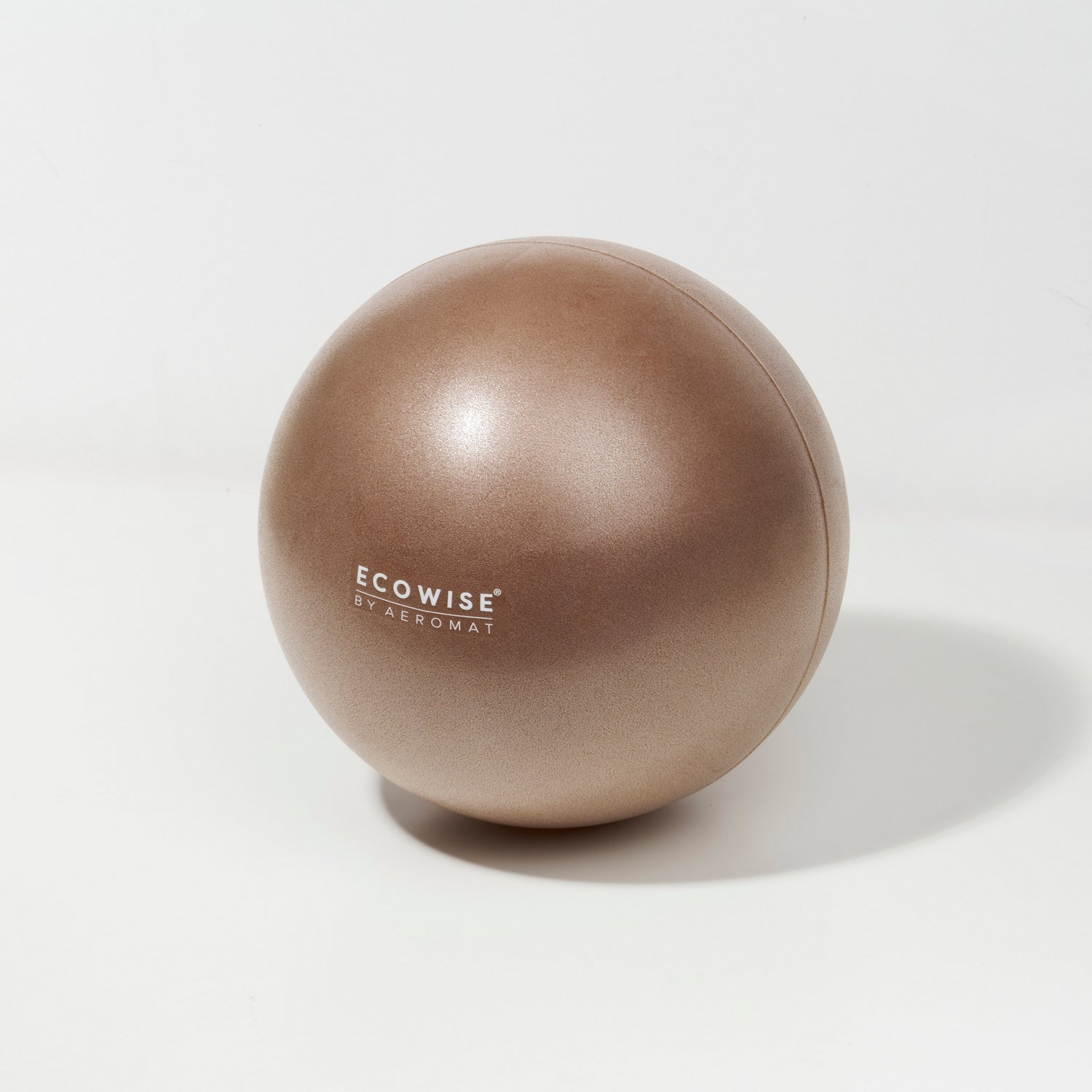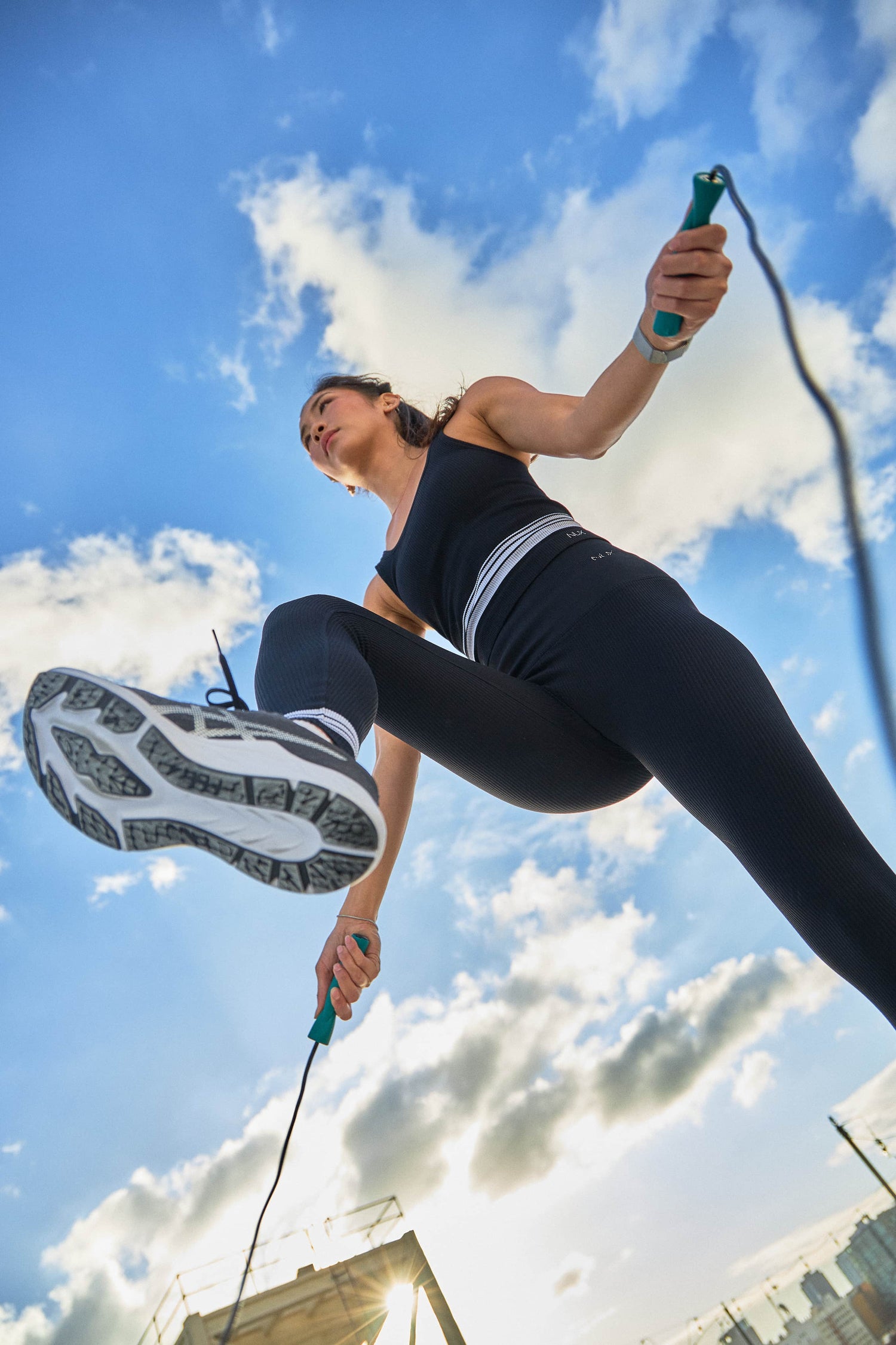Active sitting is a vital workplace breakthrough as research shows that regular, inactive sitting has become the "new smoking" - raising the risk of heart disease, cancer, and type 2 diabetes. Our bodies need movement, but most of us stay glued to our desks all day, especially with the rise of remote work and hybrid work environments.
The human body naturally shifts posture 2-3 times per minute while standing. This keeps our core muscles working and maintains muscle strength. Active seating offers a way to move while seated. You might ask what active sitting means? Picture active sitting chairs or stability balls that let your body move throughout the workday. Research proves these techniques boost blood flow, lower the risk of deep vein thrombosis, and improve cardiovascular health.
We will dive into the science of active sitting and show how it works your core muscles without slowing down your work. You'll learn why switching to an active office chair could transform your workplace health. These flexible options can burn more calories, potentially helping combat obesity, and boost your energy levels while you retain your productivity at work.
What is active sitting and why it matters
Traditional office chairs keep us still for hours while our bodies need physical activity. Office workers spend about 6.29 hours of an 8-hour workday sitting. This creates a major health challenge that active sitting tries to solve, addressing what some call the "sitting epidemic".
How traditional sitting affects your body
Your musculoskeletal system faces huge strain from sitting still for long periods. Your body's abdominal muscles relax naturally and might waste away during long periods without activity. Your spine also suffers as it stays loaded in one position without natural movement. This reduces joint lubrication and makes your back stiffer, which can lead to back pain and damage your overall back health.
Modern Americans have moved far from our natural design. We sit 13-15 hours each day, while our ancestors sat only 3-5 hours daily to rest after physical work. This big difference explains why sitting still leads to many health problems. Static sitting reduces lipoprotein lipase activity (vital for processing fats), hurts muscle glucose transporters, weakens carbohydrate metabolism, and lowers blood flow throughout the body.
The concept of active seating
Active seating works differently from static sitting. Special furniture, like an active sitting stool or active sitting office chair, lets you move naturally while seated and helps your body stay dynamic. Research exploring active chairs showed they boosted neuromuscular activity in the gastrocnemius, increased movement overall, and created a wider trunk-thigh angle.
Common types of active seating include:
-
Balance ball chairs - featuring air-filled balls that require micro-movements
-
Multi-axial chairs - allowing the seat pan to rotate in multiple directions
-
Saddle chairs - positioning users higher with an open hip angle
These designs support what researchers call "dynamic sitting." The seat and backrest tilt to follow your natural movements. Your posture adjusts constantly instead of staying fixed, promoting better postural control.
Why movement is essential even while sitting
Small movements while sitting provide great benefits. Research showed that taking breaks from sitting helps reduce waist size, body mass index, triglyceride levels, and 2-hour glucose levels—regardless of total sitting time.
People naturally fidget every 40-50 seconds by moving their legs, feet, leaning back and sitting up. Active seating works with these natural movements instead of restricting them. Your back and core muscles get stronger, your joints face less strain, and your blood flows better with active sitting.
Moving while seated helps maintain proper spinal alignment. The pelvis tilts forward more during active sitting, which puts your spine in its healthiest position, often reducing the need for additional lumbar support.
How active sitting works in real life

Active sitting transforms how your body functions throughout the day, unlike static office chairs. The physical mechanisms during active sitting sessions reveal the science behind this approach, rooted in kinesiology and ergonomics principles.
Micro-movements and core engagement
Active sitting creates controlled instability that prompts your body to make subtle adjustments in real-life settings. People naturally adjust their posture 2-3 times per minute while standing or during active standing. Active seating mimics this natural pattern during seated positions. These micro-movements activate your core muscles. The transverse abdominis, lumbar multifidus, erector spinae, rectus abdominis, and internal/external obliques stay engaged.
Your lower back gains stability from these muscle groups, much like a corset. Studies show that active chairs activate core stabilizing muscles as much as exercise balls during identical exercises. Traditional sitting weakens postural muscles, but this constant muscle engagement strengthens them.
The role of balance and posture
Your body must constantly rebalance itself with active sitting. This gentle balancing reduces lumbar spine pressure by creating a wider trunk-thigh angle. Your shoulders and chest stay open, which allows deeper breathing and promotes better overall posture.
Active sitting promotes a natural S-curve spine alignment instead of the C-shape that static sitting creates. Your body distributes pressure more evenly, which reduces strain on specific areas. The forward pelvic tilt positions your spine optimally, a concept known as sacral sitting in some ergonomic circles.
Examples of active sitting devices
Users can choose from several active sitting options:
-
Balance ball stools: Air-filled balls promote micro-movements and better spinal alignment through open sitting positions
-
Wobble stools: Rounded bases allow movement in all directions with greater range than other active seats, offering unique wobble stool benefits
-
Saddle chairs: Higher positioning creates a 135° hip angle that reduces lower back strain
-
Split seat chairs: Users can "pedal" their feet while seated to increase leg muscle oxygenation
These devices work because they mimic natural human movement patterns. They help fight the negative effects of workplace sitting by keeping you mobile, essentially creating an active workstation environment.
Benefits of active sitting at work
Research shows that adding movement to your workday while seated offers substantial health benefits beyond just comfort. Multiple studies highlight the advantages that make active sitting a valuable strategy at work, boosting both physical health and productivity.
Improves posture and spinal health
Active sitting naturally leads to better posture. Your spine stays in its natural S-curve instead of slumping into the problematic C-shape that traditional chairs cause. Dynamic chairs help strengthen core stabilizing muscles that usually weaken during regular sitting. Research shows that active seating helps line up your spine correctly when your pelvis tilts forward during movement. This natural movement prevents disk compression in your lower back that often leads to herniation when you sit still too long.
Boosts circulation and energy
Better blood circulation stands out as one of the key benefits of active sitting. Studies reveal that active sitting protocols boost oxygen levels in leg muscles, especially in the calf muscle group. Your blood flows better, which fights against problems like fluid buildup and blood pooling in legs during long sitting periods. Research proves that just 5-minute walks every half hour can lower insulin levels by 16.3 mU/L and reduce systolic blood pressure by 4 mm Hg, showcasing the importance of movement for cardiovascular health.
Supports focus and mental clarity
Active sitting makes a real difference in brain function during work hours. A study showed people who used multiaxial chairs managed to keep their attention sharp during 4-hour sessions. The same people lost focus substantially after 4 hours on regular office chairs.
People with ADHD find that active seating boosts concentration by giving their bodies the movement they need, which increases focus-enhancing brain chemicals. This improved focus can lead to increased productivity in both office and remote work settings.
Helps with calorie burn and metabolism
Active sitting creates real changes in how your body uses energy, potentially aiding in the fight against obesity. Research findings show:
-
Stability balls boost energy use by 10.4% compared to flat surfaces
-
Air-filled cushions increase energy use by 9.6%
-
Split seat designs that let feet move burn even more energy
The extra calories burned might seem small—about 8 calories per hour in some studies. This adds up to roughly 65 calories during an 8-hour workday, which fits the recommended 50-150 daily calorie range to help maintain weight.
How to get started with active sitting
Your body needs time to adapt as you switch to active sitting. A rushed approach without proper guidance could make you uncomfortable and discourage you from continuing this helpful practice.
Choosing the right active desk chair

Active sitting chairs come in many shapes and sizes, each with its own benefits. Balance balls work great for core muscles but might not feel comfortable during long sessions. Beginners often do better with wobble stools that let you move without falling. Kneeling chairs help your spine align better by opening up your thigh-torso angle, though you'll want to wear pants with these.
Your perfect active chair depends on these key factors:
-
Adjustability: The height must match your desk setup
-
Support level: New users should look for chairs with light back support
-
Comfort: Your body might need a few weeks to adjust to some designs
Perch stools make a great starting point between regular sitting and standing positions. Some users might even prefer a sit stand chair that allows for both active sitting and standing throughout the day.
Simple active sitting exercises to try
Regular chairs work well for these active sitting exercises:
-
Seated torso twists: Keep your back straight, put your hands behind your head, twist side to side and hold briefly
-
Reverse rotation: Sit at the chair's edge, pull shoulders back while turning feet out to open your hips
-
Alphabet tracing: Lift one foot and write letters with your toes to work those leg muscles
Start these exercises in short bursts. You can extend the time as your muscles get stronger, gradually increasing your physical activity throughout the day.
Tips for integrating movement into your workday
Success comes from taking hourly movement breaks. Digital reminders and workplace activity apps help you stay on track. Your active sitting routine works better when you ease into it rather than trying to do it all day.
Mix things up between active sitting, standing, and regular sitting throughout your day. Consider incorporating a standing desk or active stand into your workspace for more variety. Soon enough, you'll notice yourself choosing active sitting naturally as your body feels the benefits.
Team up with coworkers for virtual "workout-at-work" sessions to stay motivated. Mark these movement breaks as real appointments in your calendar to ensure you prioritize your workplace health.
Conclusion
Active sitting has proven to be everything in a modern workplace strategy. Our bodies naturally want movement, yet most of us stay seated for over six hours in an eight-hour workday. Active sitting solutions, including various types of active chairs for adults, are a great way to get balance between productivity and physical wellbeing.
Starting your active sitting experience takes careful planning rather than a complete change. Your body adapts better when you implement changes slowly and take regular movement breaks. Of course, choosing the right active seat shapes your experience and long-term success.
Aeromat® and EcoWise® are prominent lifestyle brands that provide top-quality active sitting products. They use durable, natural materials with precise attention to detail, making fitness and well-being available to desk workers everywhere.
Active sitting ended up being a simple yet powerful way to restore our bodies' natural movement patterns while meeting workplace needs. The adjustment period might take time, but the health benefits are way beyond the reach and influence of any initial discomfort.
Note that our bodies weren't built for staying still—they work best through movement, whether you're standing or sitting. Small changes we make today lead to major health improvements tomorrow, potentially reducing the risk of obesity, type 2 diabetes, and other sedentary lifestyle-related conditions.
FAQs
What is active sitting and how does it differ from traditional sitting?
Active sitting involves using modified chairs or stability balls that allow your body to stay dynamic while seated. Unlike traditional sitting, which keeps you stationary, active sitting encourages micro-movements and engages your core muscles, simulating the natural adjustments your body makes when standing.
What are the health benefits of active sitting at work?
Active sitting improves posture and spinal health, boosts circulation and energy levels, supports focus and mental clarity, and helps with calorie burn and metabolism. It can also reduce the risks associated with prolonged sedentary behavior, such as heart disease and type 2 diabetes.
How can I incorporate active sitting into my workday?
Start by choosing an appropriate active desk chair, such as a wobble stool or balance ball chair. Gradually introduce active sitting exercises like seated torso twists or alphabet tracing with your toes. Set reminders to move every hour and alternate between active sitting, standing, and traditional sitting throughout the day.
Will active sitting affect my productivity at work?
Active sitting is designed to allow movement without disrupting workflow. In fact, studies have shown that it can help maintain attention levels over long periods, potentially improving focus and cognitive function throughout the workday, leading to increased productivity.
Are there any risks or side effects associated with active sitting?
While active sitting is generally beneficial, it may cause initial discomfort as your body adjusts. It's important to start gradually and listen to your body. If you experience persistent pain or discomfort, consult with a healthcare professional. Some people may also need time to adapt to the increased movement and balance required.












